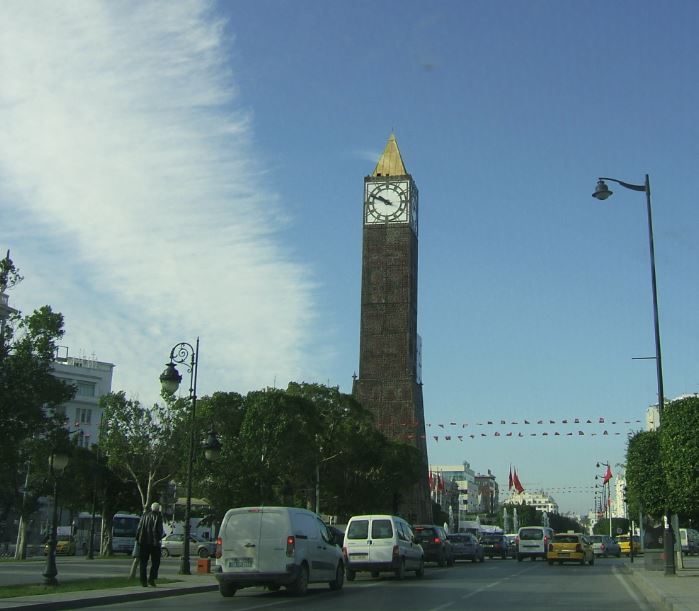 Monday Dec. 2, 2013 Brussels
Monday Dec. 2, 2013 Brussels
A European plan to tax a sweeping range of financial transactions is facing new delays even after winning the support of Germany’s biggest political parties, as participating governments remain divided on key details of the levy.
Berlin’s decision to push for a tax that would cover currency transactions could complicate negotiations, because the European Union’s executive arm has warned that such a move would violate the free movement of capital in the EU.
France, Germany and nine other countries are pushing ahead with a European Commission proposal to impose a levy on stock, bond and derivative trades, after discussions broke down a year ago on a European Union-wide financial-transaction tax. But at their first meeting in almost three months on Wednesday, representatives of the 11 states agreed that the tax wouldn’t come into force until 2015 at the earliest.
The tax was originally supposed to be implemented on Jan. 1, according to the commission’s proposal in February, but the commission said in June that the timeline had slipped by at least six months. “Given that [the 11 states] still need to draw up a compromise text, and then agree to it at the level of finance ministers…2015” is a more realistic date, an EU official said.
EU finance ministers aren’t expected to discuss the tax when they meet in Brussels on Dec. 10, as they focus instead on finalising a plan to centralise control of failing euro-zone banks—the next step in the bloc’s banking union project, EU officials said.
The tax aims to discourage speculative trading and ensure that the financial sector pays back part of what it received from taxpayers during the financial crisis. Under the commission’s proposal, a 0.1% levy would apply to share and bond trades and 0.01% to derivative transactions between financial institutions, if at least one party is located in the EU.
Negotiations had been on hold since Sept. 9, in part as national governments waited on the outcome of Germany’s Sept. 22 general elections. Chancellor Angela Merkel’s conservative CDU party won but failed to secure an absolute majority of seats, forcing it into coalition talks with the socialist SPD party.
But the talks had also been making little headway before September, as the 11 states remained divided over fundamental issues, including the scope of the tax and how to distribute the revenue. Meanwhile, EU lawyers suggested in early September that the plan would violate the rights of member states that didn’t sign up and could breach EU competition rules.
The legal service of the European Council, the body that represents member states, took issue with a central aspect of the latest plan that the levy must be paid if one of the counterparties to a trade resides in a participating EU member state.
The commission responded that it “strongly disagreed” with the council’s legal opinion, which isn’t binding, and would press ahead with work on the tax.
In recent days, the talks regained some momentum after Germany’s two main political parties pledged in their coalition treaty to “swiftly implement” a broad tax covering “shares, bonds, investment certificates, currency transactions and derivative contracts.”
In addition to the reference to the controversial currency trades, the coalition treaty also contains a significant caveat: that the tax should be structured so as to avoid “negative effects on pension instruments, small investors and the real economy.”
That concern is shared by a number of governments, which worry about the impact of such a sweeping tax on Europe’s still-weak economy and sovereign-bond markets, as well as on pension funds and personal savings.
The financial-services industry, which has lobbied furiously against the plans published two studies in November underlining the potentially damaging impact of the tax. The first, by PricewaterhouseCoopers, found that the tax might reduce gross domestic product growth by between 0.3% and 2.4%, based on past studies, while the second, by Oliver Wyman, estimated it would cost pension funds and insurance companies up to EUR 50 billion each year.
The U.K. government began a legal challenge to the tax earlier this year, amid fears it would be expensive to collect and risk driving business away from London’s financial centre.
At Wednesday’s meeting, France and Italy continued to push for a watered-down version of the proposal that would more closely resemble their own national financial-transaction taxes, an approach that was also supported by Spain, a person familiar with the discussion said. By contrast, a number of smaller countries argued that the tax should cover as broad a range of instruments as possible, the person said.
Germany took a back seat at the meeting as its representatives awaited more specific instructions from Berlin, where the new government isn’t likely to be in place until Dec. 17, a person familiar with the discussion said.
Earlier this year, a consensus appeared to be building around starting with a more-limited tax on share trades, similar to Britain’s stamp duty, which could be expanded later, according to participants. The U.K.’s stamp duty covers only sales of stock in companies incorporated in the U.K.
Representatives of the 11 governments are scheduled meet again on Dec. 12 to discuss the plans.
Source: Tom Fairless, The Wall Street Journal







